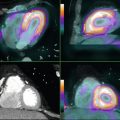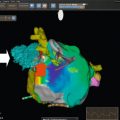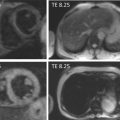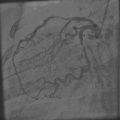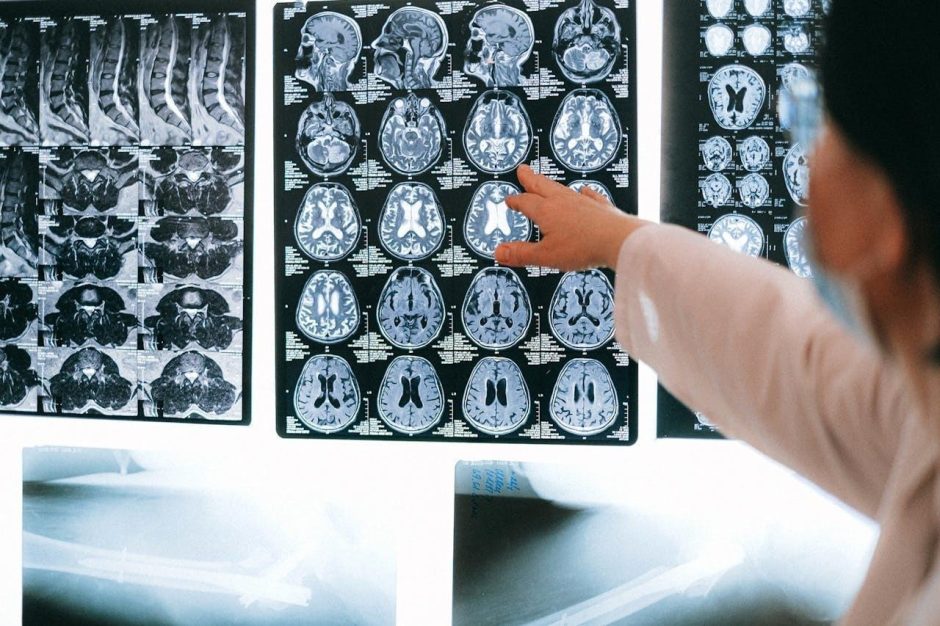
Radiology education is an intensive journey. It requires residents to absorb vast amounts of complex information from textbooks, research papers, and, most importantly, countless imaging studies and their corresponding reports. Keeping up with this flood of information is a significant challenge.
However, advances in artificial intelligence, specifically automated summarization, are set to transform how radiologists learn and train. These new tools, such as a research paper summarizer, offer a streamlined path to understanding complex cases, making medical education more efficient and effective. Let’s explore the role of automated summarization in radiology and cover the challenges that have long existed in traditional radiology training.
By looking at the benefits, real-world examples, and potential limitations, you’ll get a clear picture of how this technology is shaping the next generation of radiologists.
The Challenges in Traditional Radiology Education
The field of radiology is constantly expanding. New imaging techniques are developed, and our understanding of diseases deepens every day. For residents and trainees, this creates a formidable learning curve. They are expected to master a huge volume of knowledge while simultaneously developing practical skills by reviewing thousands of cases.
One of the biggest hurdles is the sheer volume of reading. A single complex case can come with a lengthy, detailed radiology report filled with critical findings, differential diagnoses, and clinical context. While every detail is important, sifting through this dense text to extract the most crucial learning points takes time—time that residents often don’t have. This can lead to information overload and make it difficult to focus on the key takeaways from each case.
Furthermore, the structure and language of these reports can vary significantly between institutions and individual radiologists. This inconsistency can make it challenging for learners to quickly grasp the essential information. The time spent deciphering complex reports could be better used for more interactive learning, such as discussing cases with senior radiologists or practicing diagnostic skills.
How Automated Summarization Tools Work
Automated summarization tools use sophisticated AI algorithms, particularly Natural Language Processing (NLP), to analyze and condense text. These systems are designed to understand the content and context of a document and then generate a shorter, coherent version that contains the most important information.
There are two primary approaches to automated summarization:
- Extractive Summarization: This method works by identifying and pulling out key sentences or phrases directly from the original text. The algorithm scores sentences based on factors like keyword frequency and position within the document to create a summary. It’s like using a digital highlighter to select the most relevant parts.
- Abstractive Summarization: This is a more advanced technique where the AI generates new sentences to capture the essence of the original text. It mimics how a human would read a document, understand it, and then explain it in their own words. This approach often results in more fluent and natural-sounding summaries.
In the context of radiology report summarization, these tools are trained on vast datasets of medical reports. This training allows them to recognize critical terms, findings, and diagnostic conclusions specific to the field, making the AI summarization in radiology training highly accurate and relevant.
The Benefits of Using Summarization in Learning
Integrating automated summarization into radiology education offers a wealth of benefits for both trainees and educators.
Improved Efficiency and Time Management
The most immediate benefit is the time saved. Instead of reading through lengthy reports, residents can quickly review a concise summary that highlights the essential findings and diagnosis. This allows them to cover more cases in a shorter amount of time, accelerating their learning and exposure to a wider variety of pathologies.
Enhanced Comprehension and Retention
Well-crafted summaries can improve understanding. By presenting the most critical information in a clear and structured format, these tools help trainees focus on what truly matters. This focused learning can lead to better retention of key concepts. A summary can act as an advanced organizer, priming the resident for the detailed information in the full report.
Standardized Learning Experience
Automated summarization can help standardize the information presented to trainees. Regardless of who wrote the original report, the summarization tool can present the findings in a consistent format. This uniformity makes it easier for learners to compare cases and recognize patterns across different studies.
Support for Personalized Learning
These tools can also be adapted to individual learning needs. For example, a first-year resident might benefit from a more detailed summary that explains basic concepts, while a senior resident might prefer a high-level summary focused only on complex findings. This adaptability makes summarization for medical education a powerful tool for personalized learning paths.
Examples of Automated Summarization in Radiology
The application of automated radiology report summarization is already showing promise in various training scenarios.
- Case-Based Learning: When preparing for case conferences, residents can use summarization tools to quickly get up to speed on a large number of cases. This allows them to come to discussions better prepared and ready to engage in higher-level analysis.
- On-Call Preparation: A resident on call can use a summarizer to rapidly review the key findings from a patient’s prior imaging studies. This provides crucial context for interpreting the current study, especially in emergency situations where time is critical.
- Research and Study: When conducting research or studying for board exams, trainees can use summarization to review a large volume of literature or past cases quickly. This helps them identify relevant information and trends more efficiently.
Charting a New Course in Training
The integration of automated summarization in radiology marks a significant step forward in medical education. By addressing the challenges of information overload and providing a more efficient way to learn, these tools have the potential to profoundly enhance the training experience for radiology residents. While it’s important to be mindful of the limitations, the benefits in terms of efficiency, comprehension, and standardized learning are too significant to ignore.
As AI continues to evolve, its role in medicine will only grow. For radiology education, this means embracing new tools that can help trainees navigate the complexities of the field with greater confidence and competence. The journey to becoming a radiologist will always be a demanding one, but with the help of technologies like automated summarization, it can become a more focused and effective one.
Stay updated, free articles. Join our Telegram channel

Full access? Get Clinical Tree


